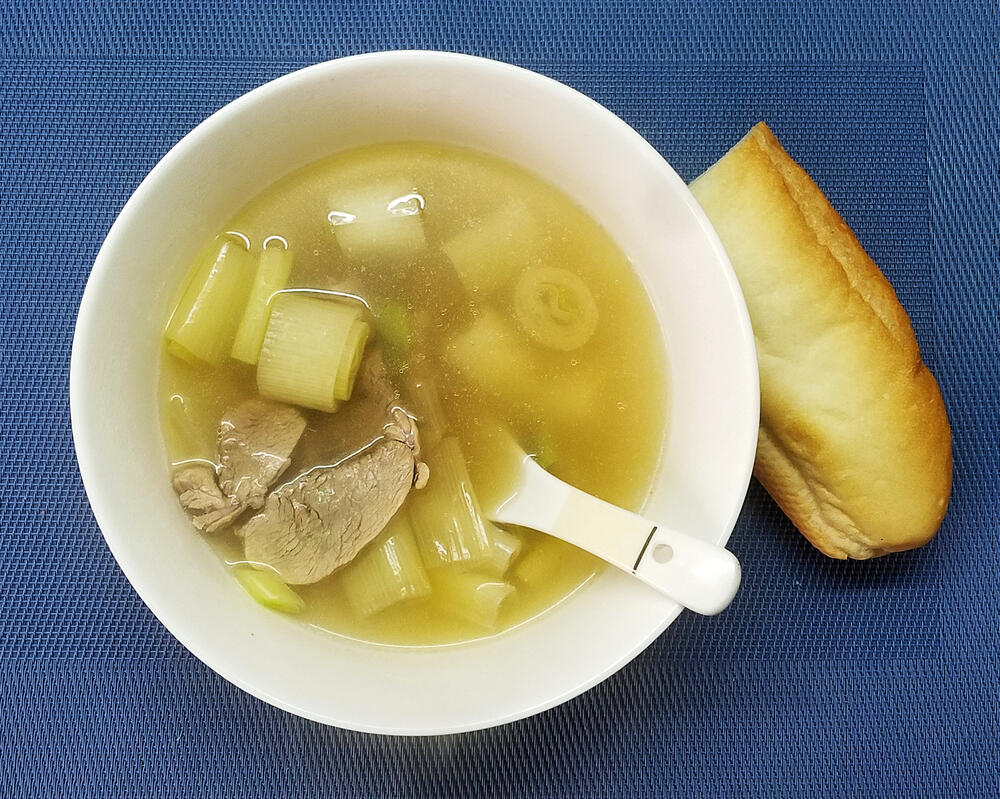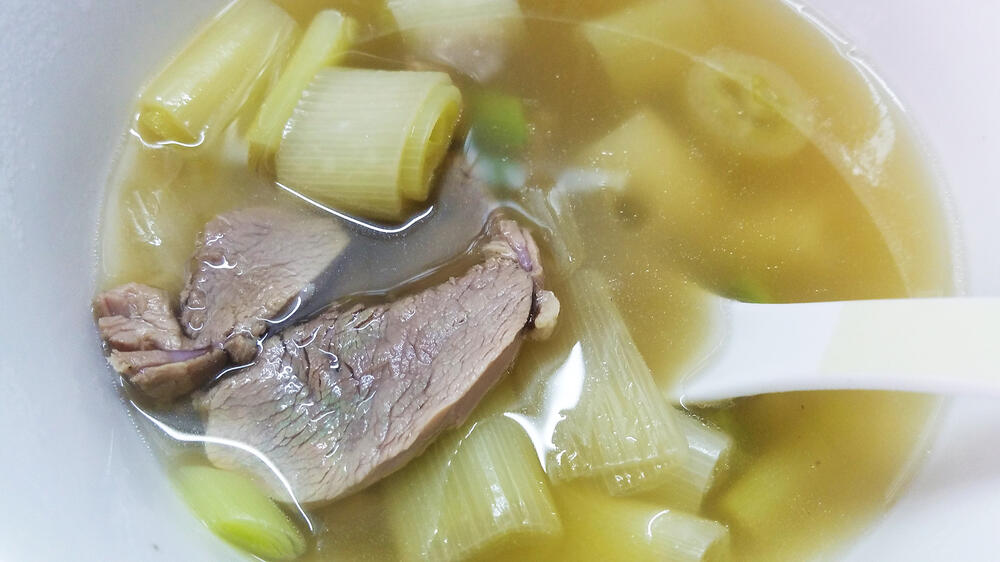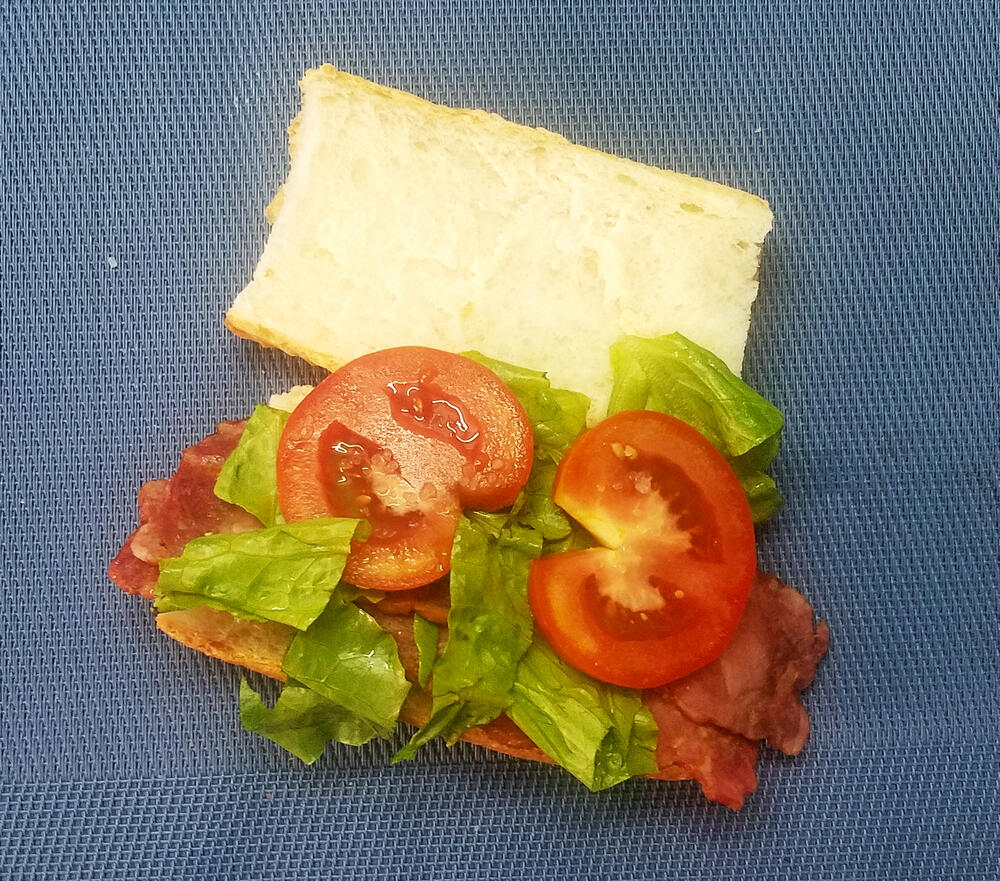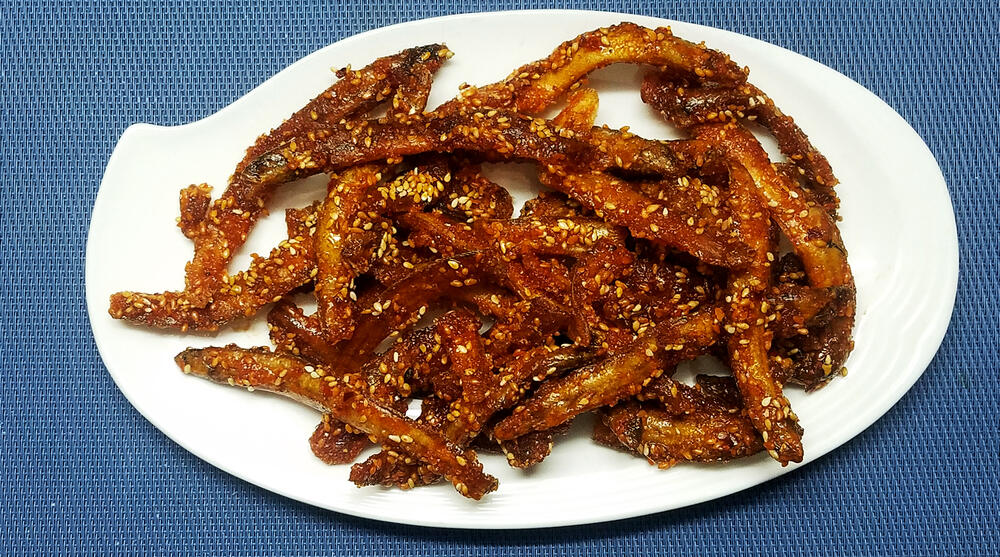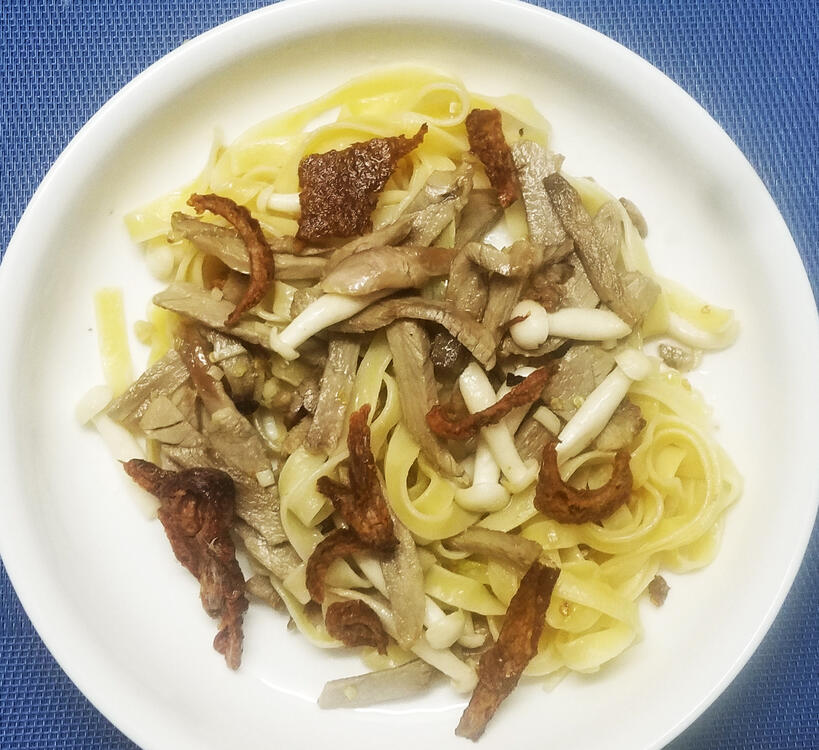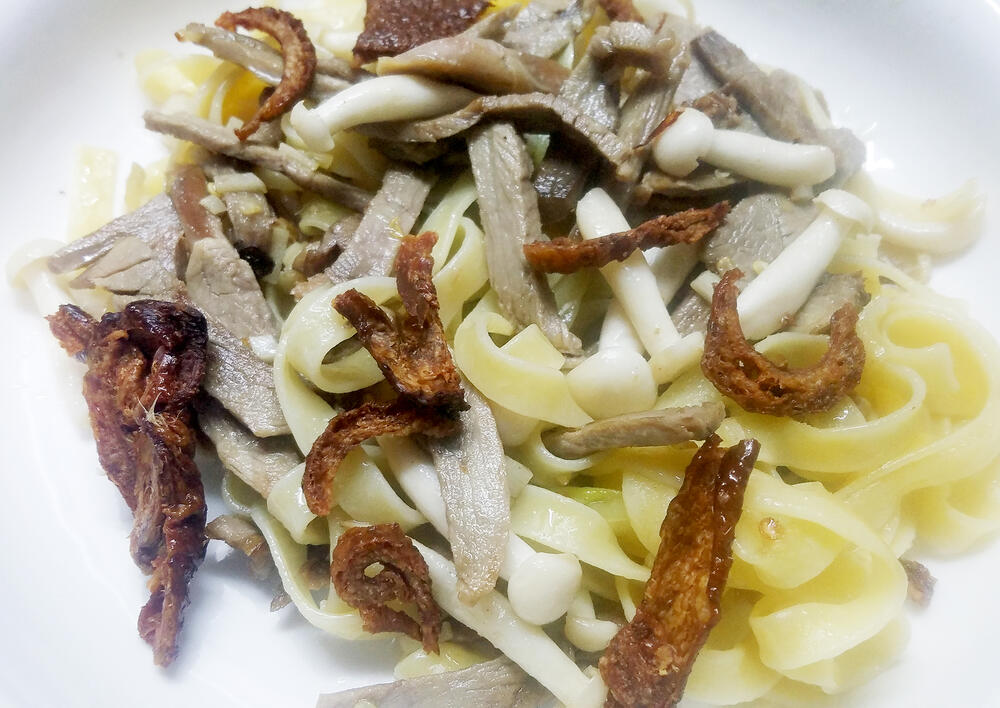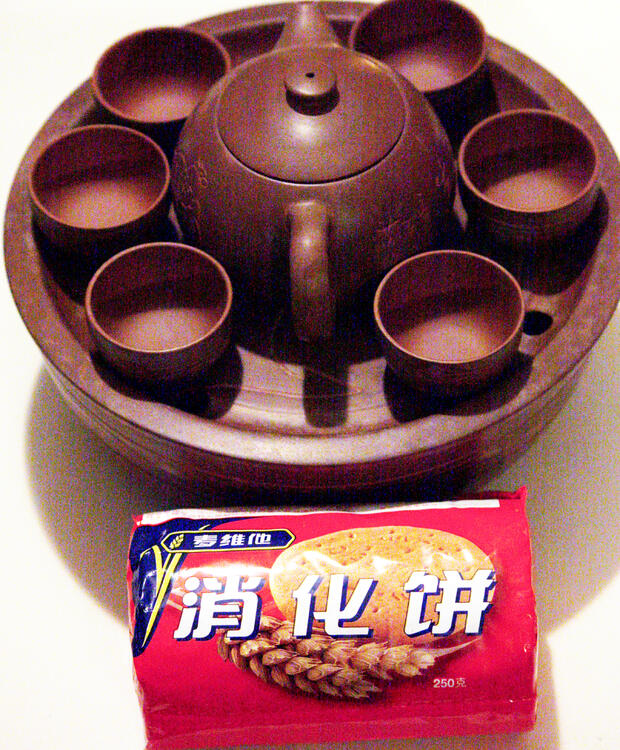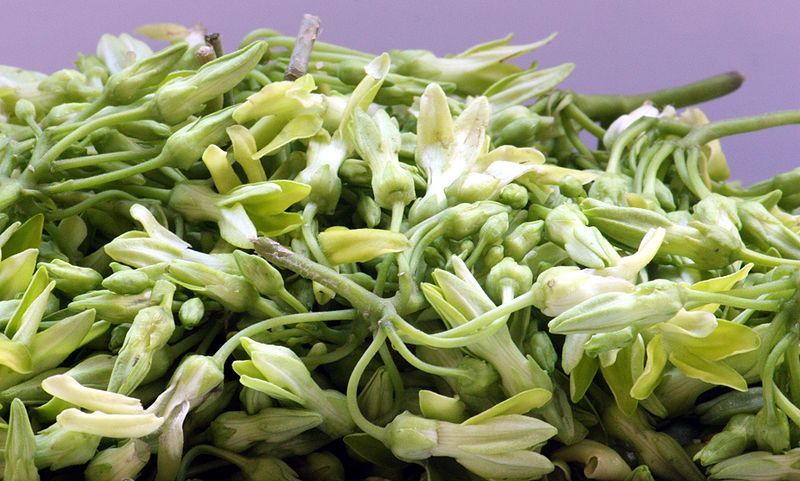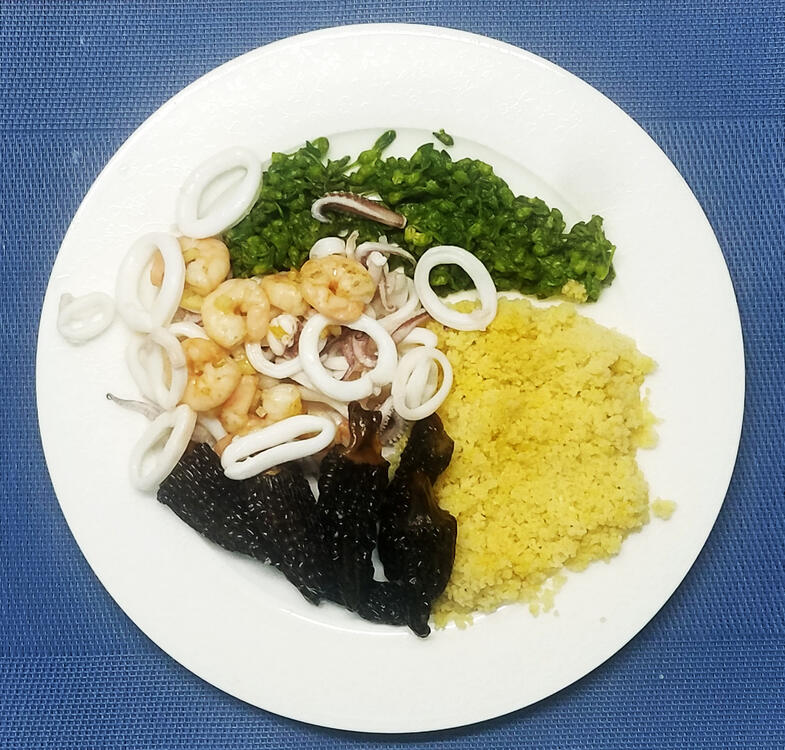-
Posts
16,751 -
Joined
-
Last visited
Content Type
Profiles
Forums
Store
Help Articles
Everything posted by liuzhou
-

The Crusty Chronicles. Savories from Bakeries.
liuzhou replied to a topic in Food Traditions & Culture
Pending Sis's response, I can say that this old British man had never heard of a chicken pot pie till he accidentally wandered into this website and a lot of Americans. -
Duck soup. Stock made from Beijing Duck carcass. Duck breast, leeks, garlic, scallions and white pepper. Baguette for dunking.
-
-
-
The Oxford Companion to Food also says they are the same thing, but come in three different varieties.
-
In UK, I'd be talking about these. But I'm in China and will say the same.
-
How uncouth! I'm going to try immediately! 😁
-
I really don't know. The only peas, as I know them, I've ever found are greenish, rock hard, over starchy and you can boil them for weeks and they remain rock hard. I can get snow peas and the like, which I do like, but regular garden peas - forget it.
-
豌豆粉 just means pea flour. That is common. But never split peas. My 8,888th post. China's luckiest number!
-
Where I live borders Yunnan, but I've never seen split peas in China, so I'm guessing not popular. I can't even find them on the online shopping portals except one where they are imported from India (and little is imported from India - relationships are not good). Anyway, your dish looks and sounds great.
-
Busy day. Leftovers and fridge food (nearly). Roast duck, re-crisped skin, white chilli, garlic, shimeji mushrooms and tagliatelle.
-
Me too. I butter them or sandwich them with strawberry jam filling. Good with cheddar cheese, too. Must be McVities, though.
-
I offered no opinion on the matter; merely pointed out two sources which disagree.
-
Tonkin jasmine (Telosma cordata) goes under many names such as pakalana vine, Tonkinese creeper, Chinese violet, cowslip creeper, telosoma etc. In Chinese it is 夜香花 or 夜来香. It is a flowering plant native to Guangdong and Guangxi of China and also cultivated in Vietnam (on the Bay of Tonkin, hence the name.) It has a delicate lemony scent and is used in both southern Chinese and Vietnamese cuisine (where it is known as bông thiên lý.) - from my blog. Wash them in salty water. The critters quickly evacuate the premises.
-
-
They are foraged. Yes, China is a bit ahead, but farmed morels are still only found in limited quantities and are more expensive than foraged!




